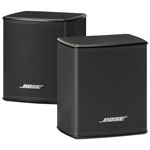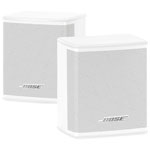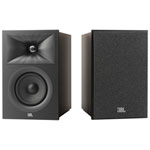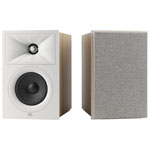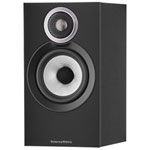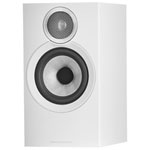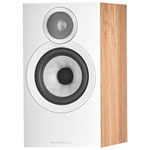Bookshelf Speakers: Elevate Your Audio Experience
Bookshelf speakers, with their compact design and powerful audio output, are an excellent choice for both music enthusiasts and home entertainment setups. Whether you're an audiophile seeking to enhance your home audio system or looking to elevate your music and entertainment setup, bookshelf speakers promises unmatched sound quality and aesthetic appeal to fit any space.
Why Choose Bookshelf Speakers?
Bookshelf speakers are the perfect blend of form and function. Designed to fit in limited spaces or on shelves, they offer an excellent alternative to larger floor-standing models without compromising on sound quality. Ideal for living rooms, offices, or bedrooms, these speakers are versatile, providing rich and detailed audio that brings your favorite music, movies, and games to life.
Key Considerations:
Before purchasing bookshelf speakers, it’s important to evaluate several technical specifications to ensure they meet your audio requirements:
- Frequency Response: This spec, measured in hertz (Hz), outlines the speaker's ability to reproduce a range of sounds. A typical range is 20Hz to 20kHz, with a lower Hz rating indicating a capacity for deeper bass.
- Power Capability: Expressed in watts, this figure indicates the speaker's maximum sound level. Ensuring your speakers' power capacity matches your amplifier is crucial for optimal performance.
- Sensitivity: Measured in decibels (dB), sensitivity reflects how loud a speaker can get. Higher sensitivity means the speaker can produce more volume at a given power level.
- Drivers: Bookshelf speakers usually feature at least two drivers: woofers for low-frequency bass sounds and tweeters for high frequencies. Some models include a mid-range driver, offering a more comprehensive sound spectrum.
Understanding these key features will help you make an informed decision, ensuring you select bookshelf speakers that perfectly match your audio preferences and spatial requirements. Whether you’re upgrading your audio setup or integrating new speakers into your home theater, bookshelf speakers offer a blend of convenience, quality, and performance.


